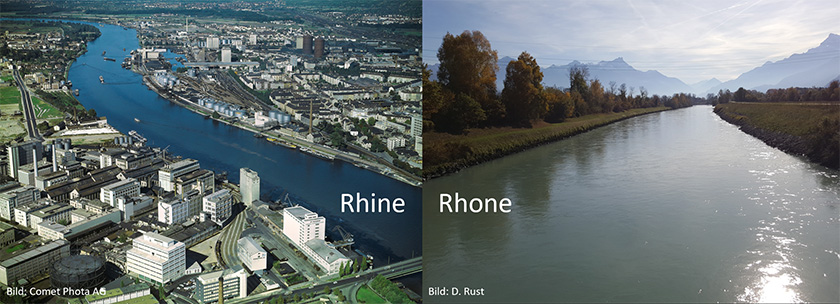Department Environmental Chemistry
NAWA Sampling strategy - Optimization of sampling strategies in Swiss Water Quality Monitoring to enhance the detection of industrial emissions

The NAWA Trend program monitors the long-term water quality of Swiss rivers. Traditionally centered on pesticides and pharmaceuticals, the program now integrates LC-HRMS technology to identify a broader range of contaminants, including industrial emissions. To improve their detection, the most effective sampling strategy needs to be determined.
The aim of this project is therefore to evaluate various sampling scenarios and provide recommendations. For this purpose, substances likely originating from industrial emissions are identified via time series analysis. Temporal profiles of substances of interest are used to simulate different sampling scenarios.
The detailed analysis covers the following aspects:
measurement frequency – eight different sampling intervals are tested (2 days to 1 month). Decrease in sampling frequency is expected to result in increasingly smoothed and eventually undetectable industrial emission patterns.
sampling methodology – two sampling methodologies are evaluated: time-proportional and flow-proportional. To simulate flow-proportional sampling, the data is standardized according to river discharge. This helps to understand how each sampling method performs and whether any notable differences arise for detecting industrial contamination.
Further details are available in the following report: https://www.dora.lib4ri.ch/eawag/islandora/object/eawag%3A33812
